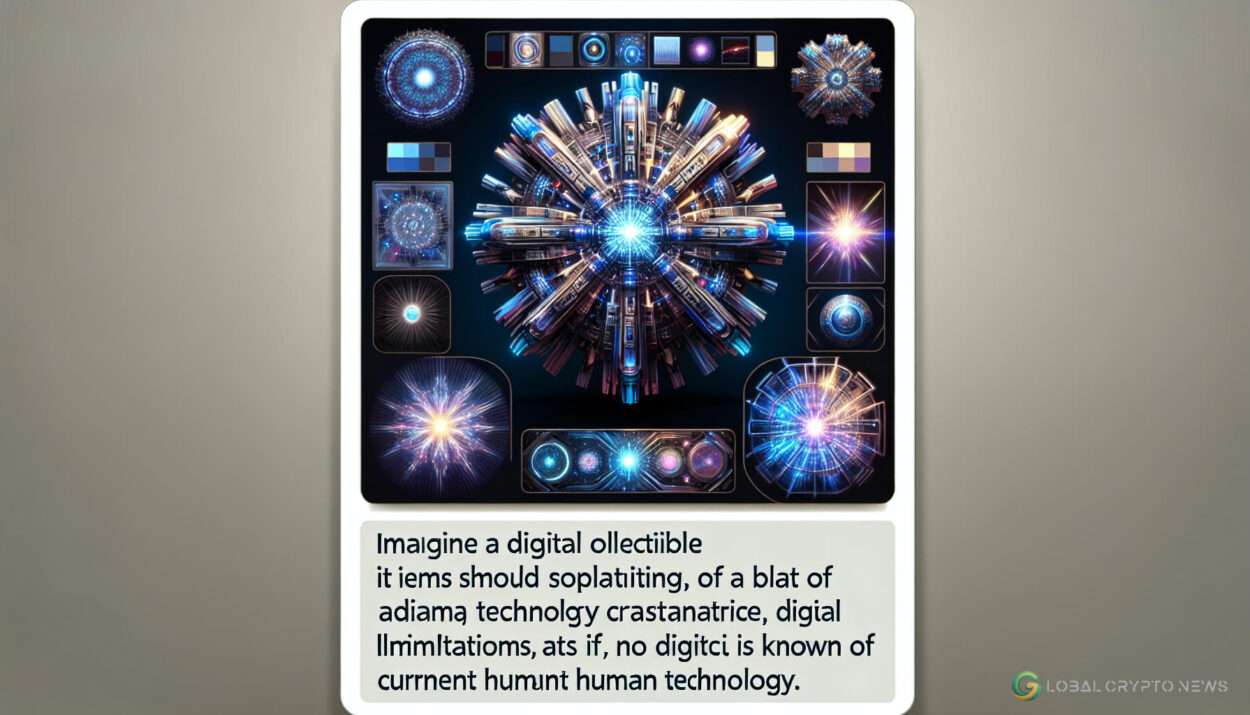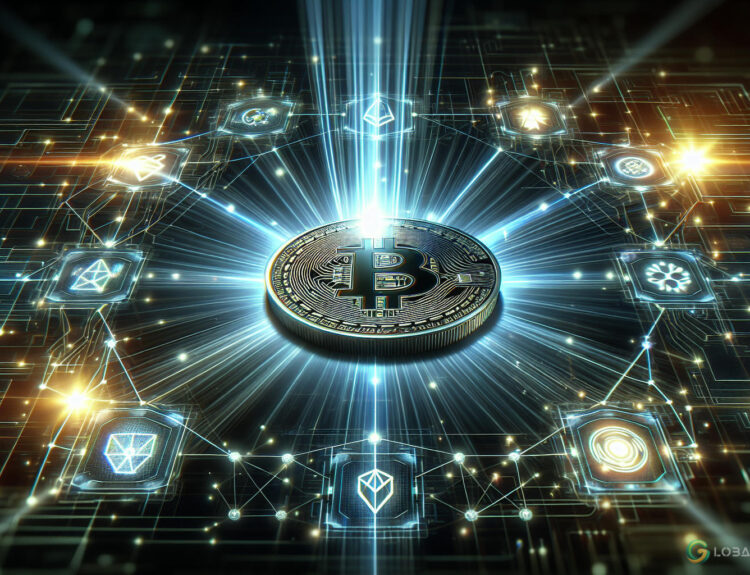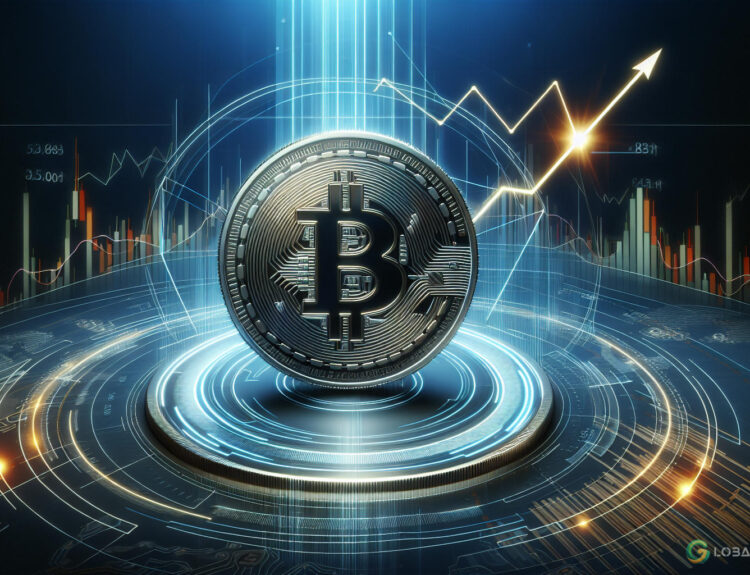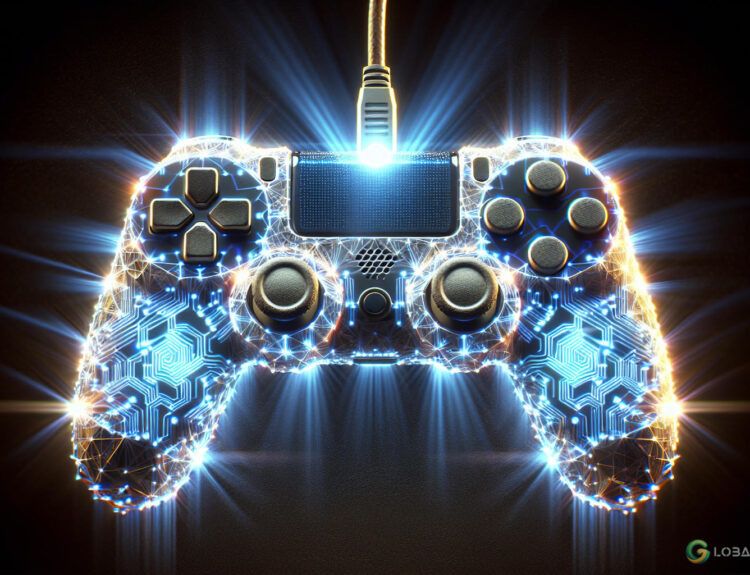Disclosure: The views and opinions expressed here belong solely to the author and do not represent the views and opinions of Global Crypto News’ editorial.
The video game industry is a major player in the entertainment sector, generating more revenue than both music and film combined. It’s projected to reach a market size of $363 billion by 2027. While traditional video game models like Games-as-a-Service (GaaS) have long been the gold standard, the sector faces significant challenges that call for innovative solutions.
The Evolution of GaaS and its Challenges
Historically, the GaaS model in its free-to-play (F2P) form thrived by allowing users to access a base game for free and monetizing through in-game purchases such as cosmetics or gameplay advantages. The appeal of the F2P model for players is clear: with no upfront costs, there is little downside to trying new games.
The success of the GaaS F2P model over the past decade has been notable, becoming a staple across the industry. From casual games to major publishers, GaaS F2P games are widely popular. However, the sustainability of F2P GaaS is under threat due to shrinking margins. An oversaturated market and rising user acquisition costs, coupled with recent changes to privacy policies, have created a challenging environment.
The Promise of Web3
As the industry seeks solutions, blockchain technology offers potential for revolutionizing game monetization through web3. However, initial web3 gaming efforts focused on NFT collectibles faced a critical flaw: the need for a continuous influx of new players. This model proved unsustainable in the mid- and long-term.
The second wave of web3 games incorporated play-to-earn (P2E) and tokenomics, but these systems also had issues. P2E games quickly turned into play-to-win (P2W) schemes, demoralizing most players and hurting retention. Additionally, many tokenomics systems raised concerns due to their resemblance to gambling, with random reward distributions.
This divide in the web3 gaming community is still evident today. Speculators are attracted to the financial incentives of P2E models, while traditional gamers are disillusioned by monetization strategies that lean toward P2W models, seeking real entertainment value instead.
Bridging Web2 and Web3 Gaming
The broader gaming community, which includes billions worldwide, remains largely unaware or uninterested in web3 games. To many, web3 is still a futuristic proposition. Significant gaps exist between the current quality of web2 games, the realization of web3 games, and the true potential of blockchain in gaming.
At GFAL (Games For A Living), we aim to bridge the gap between web2 and web3 gaming through an innovative business model integrating the best of both worlds. The GFAL business model focuses on game collectibles, transforming them from in-game assets to real-world valuables through ownership, seasonality, and standardization.
Ownership
At GFAL, players can become the legal owners of the in-game collectibles they acquire. Once players mint or purchase a GFAL game collectible, they obtain a license to exploit its intellectual property (IP) rights. This allows players to utilize and potentially monetize these collectibles beyond the gaming environment.
Seasonality
All games must follow a “Battle Pass” seasonality system, designed to keep the game engaging and fresh. GFAL takes this further with fusion mechanics, encouraging a healthy exchange in the cross-game marketplace and preventing inflation within the game’s economy.
Standardization
Standardization makes the ownership of collectibles and the seasonality system with fusion mechanics possible. All game collectibles must follow a standardized system that tracks and allocates them a rarity and level based on the time invested in the game. This enables the creation of unique collectibles with their own history and gives every in-game collectible a comparable and fair value transferable to all other GFAL games.
Beyond the Business Model
This pioneering business model, blending ownership, seasonality, and standardization across different games, addresses many current concerns about video games. The approach is designed to create a fair, stable, and sustainable game offering that benefits both players and developers, potentially helping blockchain gaming achieve mainstream adoption.
However, beyond the business model, products must offer an exceptional gaming experience. Developers must remain committed to building enjoyable games, with blockchain elements that enhance rather than dominate the gameplay experience.
To support this, we are also developing a robust ecosystem, including a proprietary personal ID system and a multi-game marketplace. These features aim to create a community-centric gaming environment, encouraging interaction and engagement beyond the games themselves. This comprehensive ecosystem, open to third parties, is part of GFAL’s strategy to reduce friction for players transitioning from web2 to web3, ensuring smooth integration of new technologies within familiar gaming contexts.
As we prepare to launch new titles later this year, the gaming industry is watching closely. Many are eager to see whether this new model can set a new standard for how games are played, owned, and monetized. We believe this approach could mark a new era for the gaming industry, blurring the line between web2 and web3 and creating a unified gaming experience that respects both the roots of gaming culture and its future potential.
For more news and updates on the latest in cryptocurrency, investing, and finance, explore more on Global Crypto News.

























